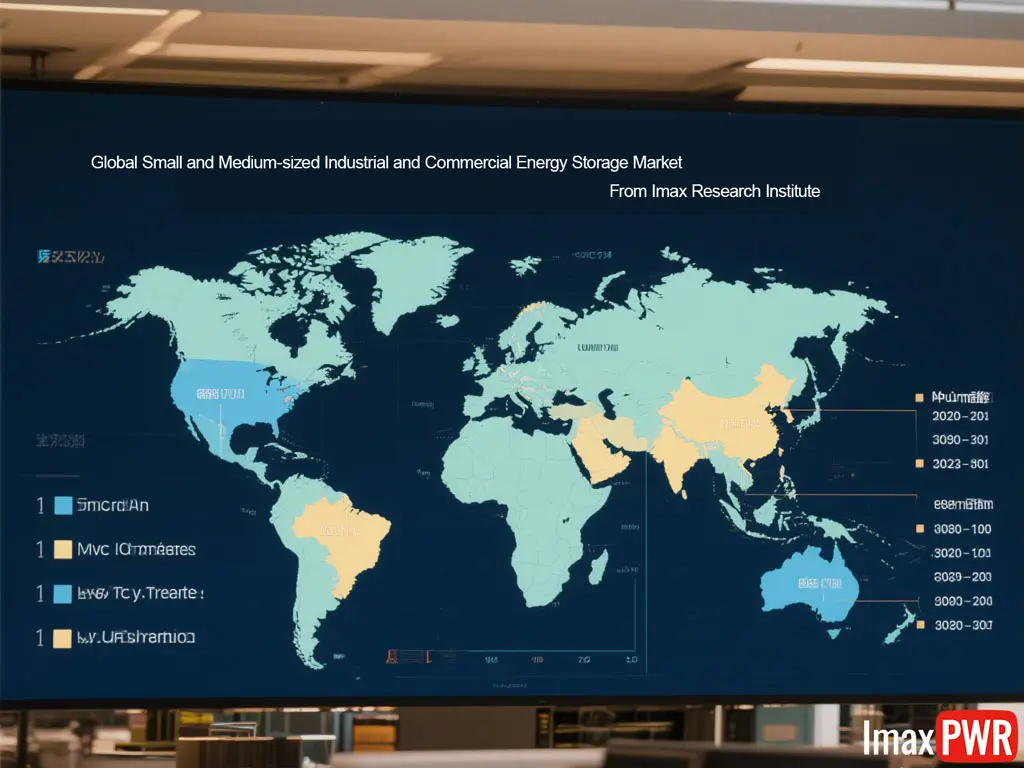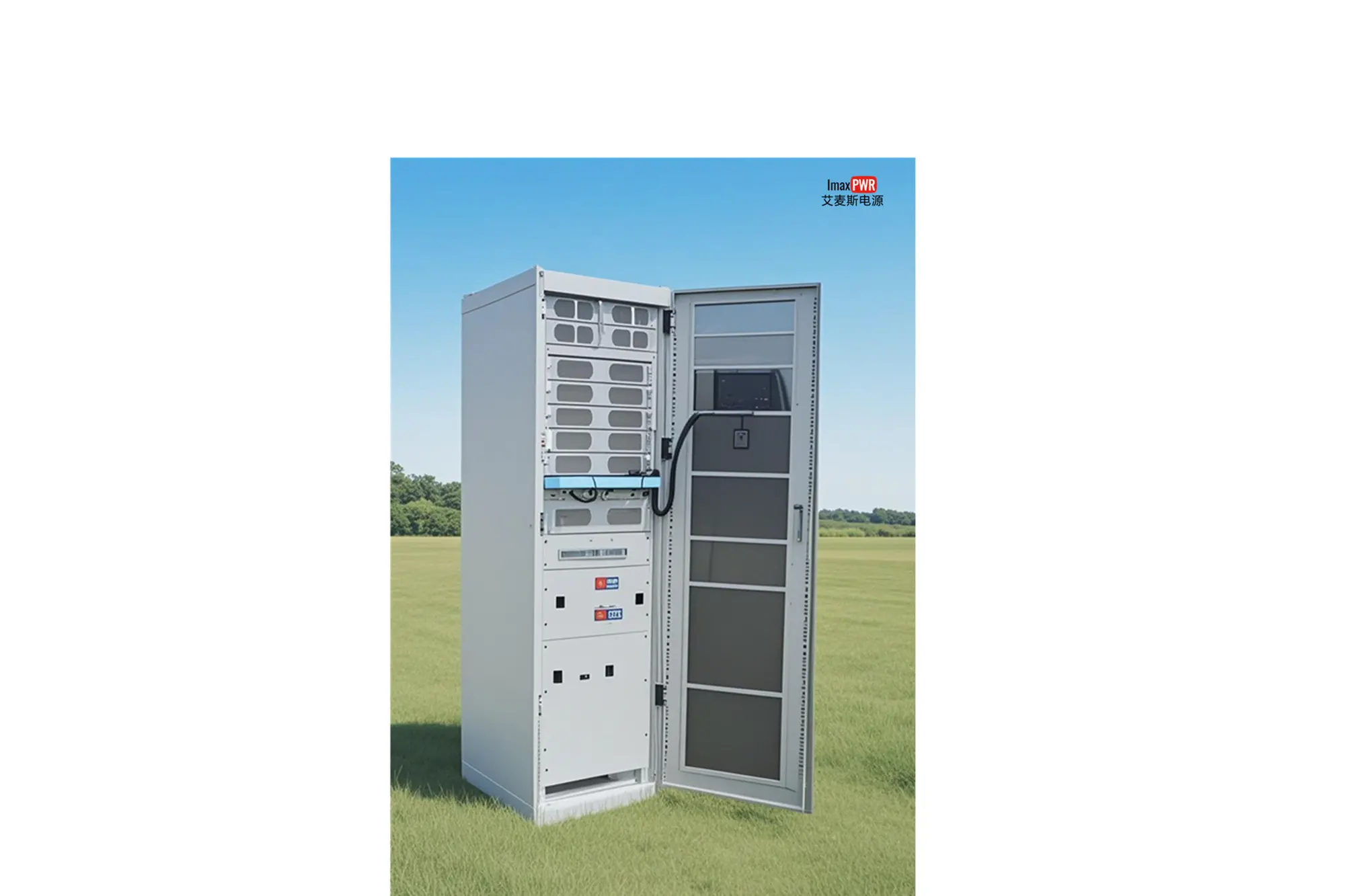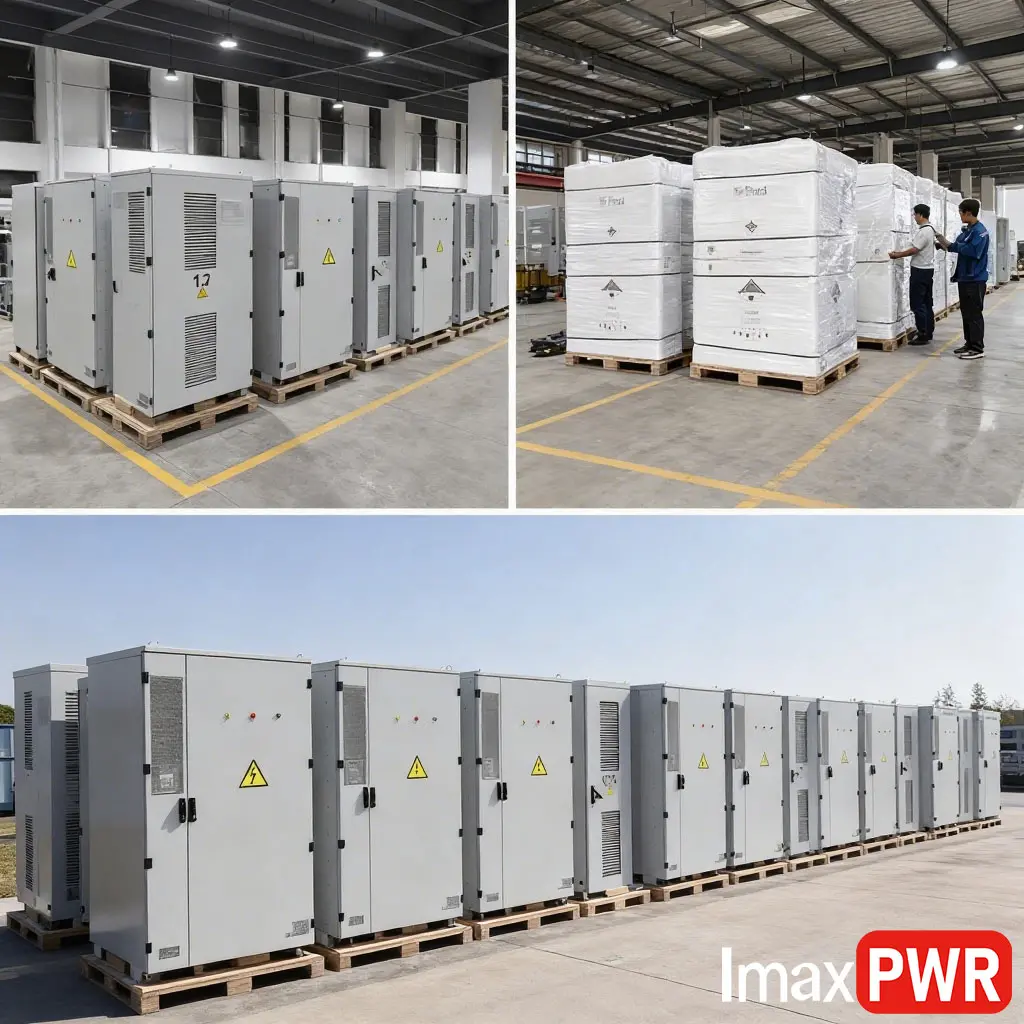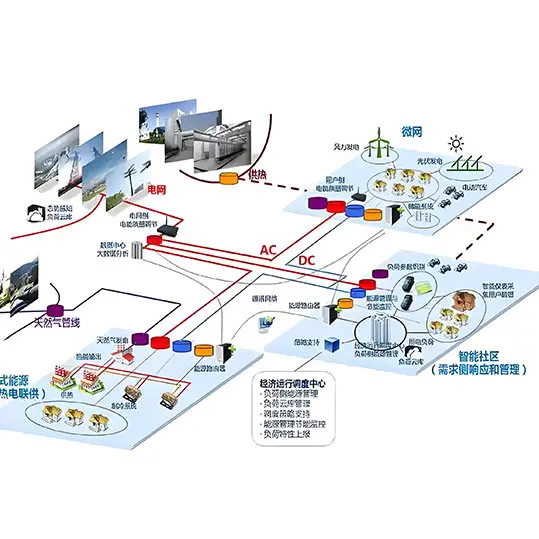
The global market demand for small and medium-sized industrial and commercial energy storage over the next five years Global Market Trends-
Rapid Growth in Installed Capacity:
In 2024, the global energy storage market is expected to add 163 GWh of new installed capacity, a year-on-year increase of 43%. By 2025, the global energy storage market is projected to reach 221 GWh of new installed capacity, a 36% year-on-year growth. By 2030, the global demand for energy storage is expected to exceed 900 GWh.-
Emerging Markets on the Rise:
Strong growth in energy storage demand is observed in emerging markets such as the Middle East, Africa, Southeast Asia, and South Asia. By 2025, the Middle East is expected to become the fourth-largest region for new energy storage installations globally. Saudi Arabia has planned several large-scale energy storage projects, which are expected to be a stable growth driver. Countries like Egypt and Nigeria are also showing strong growth momentum in their energy storage markets.-
Technological Innovation Driving Cost Reductions:
With continuous advancements in energy storage technology, the cost of energy storage systems is gradually decreasing, making industrial and commercial energy storage more economically viable and further driving market demand growth. Regional Market Analysis
China Market
Policy Support:
Various provinces in China have introduced “new energy + energy storage” policy targets, specifying the proportion and duration of energy storage required for photovoltaic and wind power installations. This has spurred the development of industrial and commercial energy storage. As power market reforms deepen, industrial and commercial enterprises are increasingly adopting energy storage to meet their production electricity needs, and diversified business models are expected to drive rapid growth in user-side energy storage demand.-
Market Growth:
From 2024 to 2025, China’s industrial and commercial energy storage market will maintain rapid growth, with domestic grid-side and generation-side installations expected to exceed 110 GWh by 2025. Regions like Inner Mongolia, Shandong, Jiangsu, Xinjiang, and Gansu are leading in installations.-
Improved Economic Viability:
In 2023, the decline in lithium battery industry chain prices led to lower energy storage system costs, significantly improving the economic viability of industrial and commercial energy storage.
U.S. Market
- Policy and Market Drivers:
The U.S. energy storage market is primarily driven by market forces, with additional support from ITC subsidies, energy transition initiatives, and market demand. The North American energy storage market is expected to maintain rapid growth, with demand projected to exceed 230 GWh by 2030, making it the second-largest energy storage market globally.-
Grid Modernization Needs:
The U.S. grid infrastructure is weak, with 70% of transmission lines and transformers over 25 years old and 60% of circuit breakers over 30 years old. The urgent need for grid modernization is creating a strong demand for energy storage
.European Market - Demand Recovery and Growth:
After facing inventory reduction challenges, the European market is gradually recovering, with installed capacity expected to grow by 20% by 2025. The primary growth driver in Europe is the increasing adoption of energy storage in front-of-the-meter photovoltaic power plants, with a compound annual growth rate (CAGR) of 61.1%.-
Emerging Market Growth:
Ukraine is experiencing strong demand for industrial and commercial energy storage in the context of post-war reconstruction. Meanwhile, emerging markets in South Asia and Southeast Asia are also seeing rapid growth.
Emerging Markets - Middle East Market:
Saudi Arabia is adding 15-20 GWh of new photovoltaic projects annually, driving corresponding growth in energy storage demand. Between 2021 and 2025, approximately 30 energy storage projects are planned in the region.- African Market:
Countries like Egypt and Nigeria are showing strong growth momentum in industrial and commercial energy storage due to weak grid infrastructure and increasing electricity demand.-
Southeast Asia Market:
With weak grid infrastructure, Southeast Asia is witnessing a surge in demand for photovoltaic and energy storage solutions. Driving Factors-
Policy Support:
Governments worldwide have introduced various policies to support energy storage development, such as subsidies and mandatory energy storage requirements, driving the growth of the industrial and commercial energy storage market.- Improved Economic Viability:
As energy storage technology advances and costs decrease, the economic benefits of industrial and commercial energy storage are becoming more apparent, attracting more enterprises to invest and adopt these solutions.-
Energy Transition Needs:
The global focus on renewable energy is increasing, and energy storage is a key technology for addressing the challenges of renewable energy power storage, leading to growing market demand.-
Grid Stability Needs:
In regions with weak grid infrastructure, industrial and commercial energy storage can enhance grid stability and reliability, ensuring normal production for enterprises. Challenges and Responses-
Technology and Cost:
Although energy storage technology is advancing, there are still technical bottlenecks, such as the lifespan and safety of energy storage systems. Additionally, while costs have decreased, the initial investment in energy storage systems remains high in some regions, limiting adoption by certain enterprises.-
Market and Policy Uncertainty:
The level of policy support and market conditions vary across countries and regions, and policy uncertainty in some areas may hinder the development of the industrial and commercial energy storage market.-
Intensified Competition:
As the market grows rapidly, competition in the industrial and commercial energy storage sector is intensifying. Enterprises need to continuously improve their technical capabilities and service quality to secure a competitive position. Overall, the small and medium-sized industrial and commercial energy storage market is poised for rapid growth over the next five years, but it also faces several challenges. Enterprises must closely monitor policy developments, market demand, and technological trends, and formulate strategic plans to succeed in this highly competitive market.






